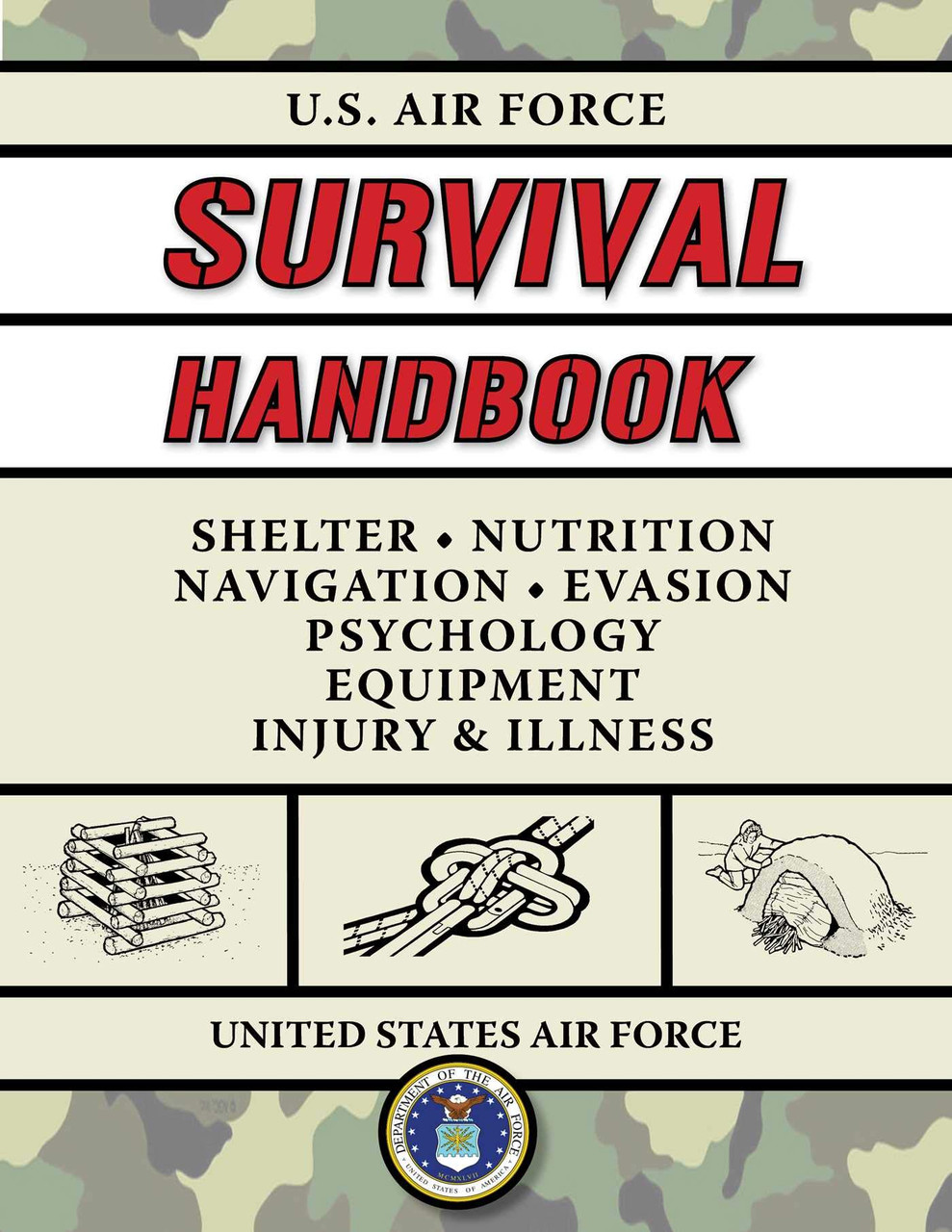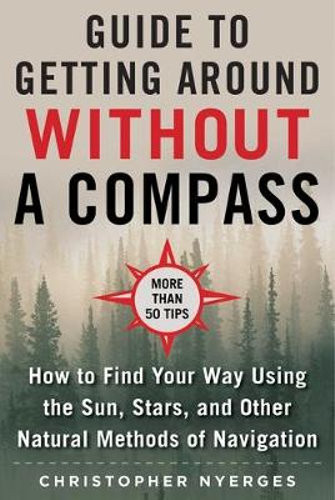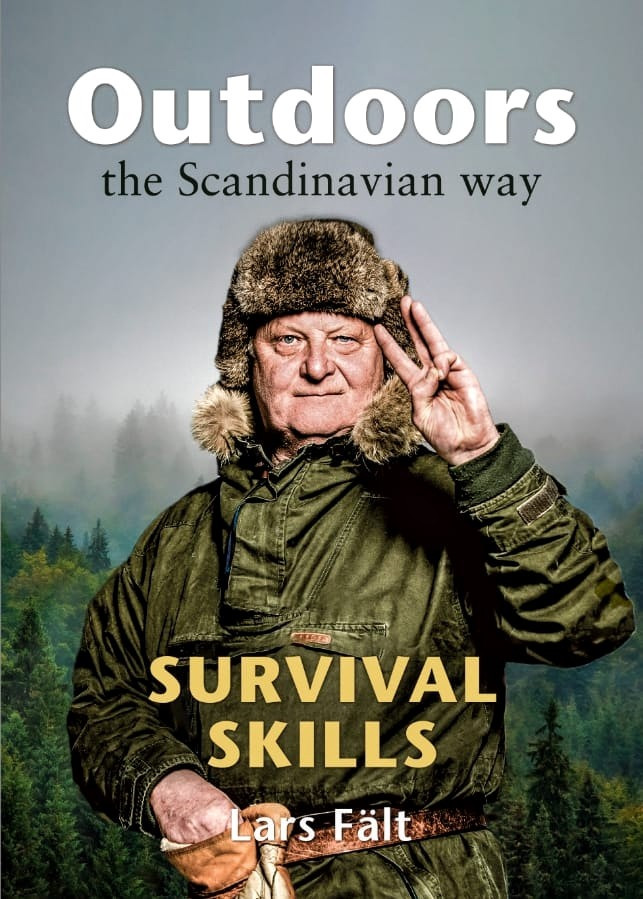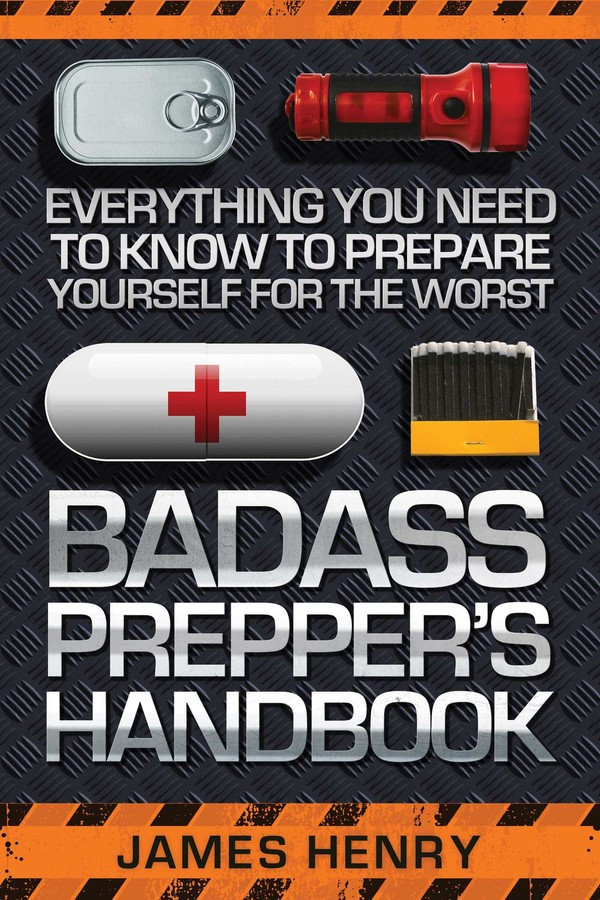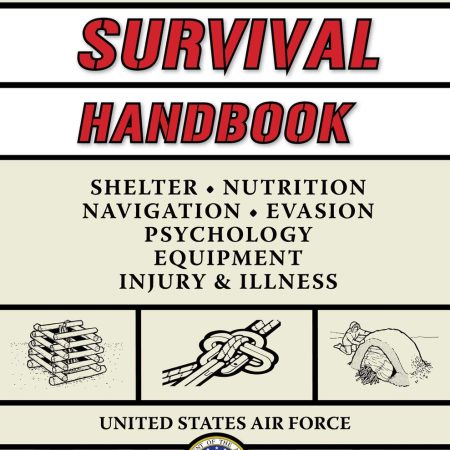| Content | Here is the Official US Air Force guide to staying alive in survival situations—first aid, concealment, survival at sea, building shelter, finding food and water, and more!
This Air Force handbook was written to help pilots who find themselves in hostile environments. While it is designed for use in formal Air Force training, it is also useful for the general reader seeking a comprehensive and complete manual of outdoor survival techniques. Any US Army survival kit would also benefit from this handbook.
Among other pieces of professional and expert advice, the US Air Force Survival Handbook tells readers about:
- Finding your way without a map
- First aid for illness and injury
- Finding food and water
- Building a fire
- Concealment techniques
- Using ropes and tying knots
- Survival at sea
- Signaling for help
- Animal tracking
- Predicting the weather
- Building shelters
Released on the 70th anniversary of the US Air Force, this book outlines specific survival threats found in many different types of terrain and how to survive them. It is invaluable to all who enjoy the outdoors and anyone who seeks insight into the training tactics of the US Air Force.
| Learn how to navigate without a compass, even when it seems impossible!
Whether we are walking or driving, whether in the woods, on the water, or in the city, it&;s vital that we know where we are and are able to find our way around. But with society&;s current dependence on modern tools and technology, many persons would have no idea how to navigate without a compass or GPS. In an emergency situation, that lack of knowledge could easily prove fatal.
In The Ultimate Guide to Navigating without a Compass, survival expert Christopher Nyerges provides readers with all the skills that they may need to navigate naturally. The book begins by describing the meaning of natural navigation, and then moves on to describe, in detail, the methods of natural navigation, including using the sun, the stars, the moon, and shadows. Additional topics include:
- How to read a map
- How to make a sun dial
- How to make a star dial
- How to use clouds to predict weather patterns
- How to track celestial changes
- How to gauge time through natural observation
- And much more!
With helpful diagrams, illustrations, and sidebars, The Ultimate Guide to Navigating without a Compass is the fundamental reference book for learning how to navigate by natural methods.
| Just when you thought it was safe to go back into the wilderness!
- Survival is a specialist field in the world of outdoors skills both practical and mental. Something that becomes more relevant with each passing year as we become more and more detached from the natural world – even those of us with a love of the outdoors.
- What would you do if the worst happened? How would you find your way back if you were lost? Could you survive several days in the wilds, without contact with the outside world ?
- These questions and more will be answered within the pages of this book.
- Outdoors the Scandinavian Way – Survival Skills contains a wealth of practical information, from how we can use the skills and knowledge of indigenous peoples to help us hone our survival skills, to how to build shelter, make fire, procure safe, drinkable water, obtain food, and how to use certain edible plants.
- This is a must read book by one of the world’s great outdoor experts.
| This is a full-color edition of the very first Boy Scouts Handbook, complete with the wonderful vintage advertisements that accompanied the original1911 edition, Over 40 million copies in print!
The original Boy Scouts Handbook standardized American scouting and emphasized the virtues and qualifications for scouting, delineating what the American Boy Scouts declared was needed to be a “well-developed, well-informed boy.” The book includes information on:
- The organization of scouting
- Signs and signaling
- Camping
- Scouting games
- Description of scouting honors.
Scouts past and present will be fascinated to see how scouting has changed, as well as what has stayed the same over the years.
| Now outdoorsman and survivalists can own the official US Army guide to edible plants. Whether you are a stranded soldier, a wilderness hiker, or you just want to know which plants growing in your backyard are edible, this is an invaluable resource.
Anyone who has spent serious time outdoors knows that in survival situations, wild plants are often the only sustenance available. The proper identification of these plants can mean the difference between survival and death.
This book describes habitat and distribution, physical characteristics, and edible parts of wild plants—the key elements of identification.
Hugely important to the book are its color photos. There are over one hundred of them, further simplifying the identification of poisonous and edible plants. No serious outdoors person should ever hit the trail without this book and the knowledge contained within it.
| Essential Skills to Survive Any Crisis You're a backpacker or a hunter lost in the woods after sundown; what do you do? Your car flips over on an empty highway; how will you survive until morning? If you were left alone in the middle of the wilderness, would you be able to make it? While current technology, such as cell phones and GPS, is helpful, when you are lost in the wilderness the best things you can rely on are your own skills. Badass Survival Secrets will introduce you to everything that you need to survive when the unexpected happens. In this book you'll learn basic survival skills such as:- How to build a fire- How to find clean water- How to find food that is safe to eat- How to build a shelter- Basic navigation From the forest, to the tundra, and everywhere in between, Badass Survival Secrets contains all that you need to become a badass survivalist expert. Specifications:- Number of Pages: 128- Size: 6" x 9"- Type: Softcover. |
